
How Can You Make Your Cosmetic Packaging More Sustainable?
October 24, 2025 • Mike Lee
You want to offer sustainable packaging, but you're overwhelmed by confusing terms and "green" marketing. You fear making a choice that sounds good but isn't actually better for the planet.
Making your packaging more sustainable means focusing on three practical goals: using less material (refills), choosing materials that can be recycled easily (PCR, monomaterial), and designing containers that have a purpose after the product is gone.
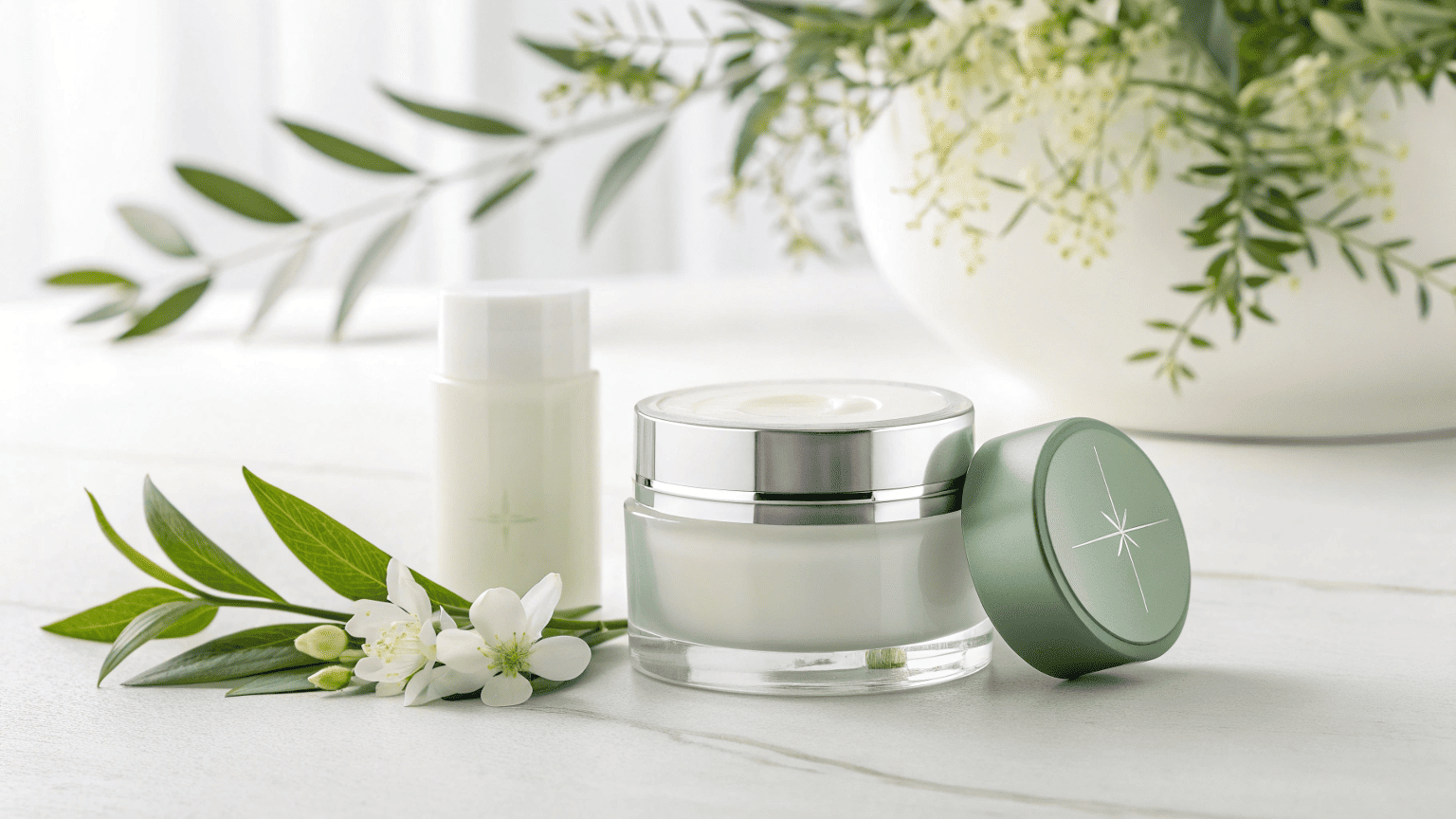
Your insights on this topic are so important because they cut through the noise. I remember a brand owner who came to us wanting to be "100% eco-friendly." It's a noble goal, but they were lost. We sat down and simplified it for them based on the principles you mentioned. First, we explored a refillable system for their best-selling face cream. The customer buys a beautiful glass jar once and then purchases lightweight refill pods. This immediately cut their packaging waste by over 70%. Next, we designed the jar to be a beautiful little container for jewelry or cotton swabs once it was no longer used for refills. Finally, we ensured the refill pod was made from 100% recyclable PP. It wasn't about one magic solution; it was about a smart, multi-layered strategy.
How can we improve the overall sustainability of cosmetics?
You see "sustainable" stamped on everything, but it feels like a vague promise. You want to know what real, impactful actions you can take beyond just the packaging itself.
True sustainability in cosmetics is a full-circle approach. It involves responsible ingredient sourcing, minimalist packaging, and a clear plan for the product's end-of-life that is easy for your customer to follow.
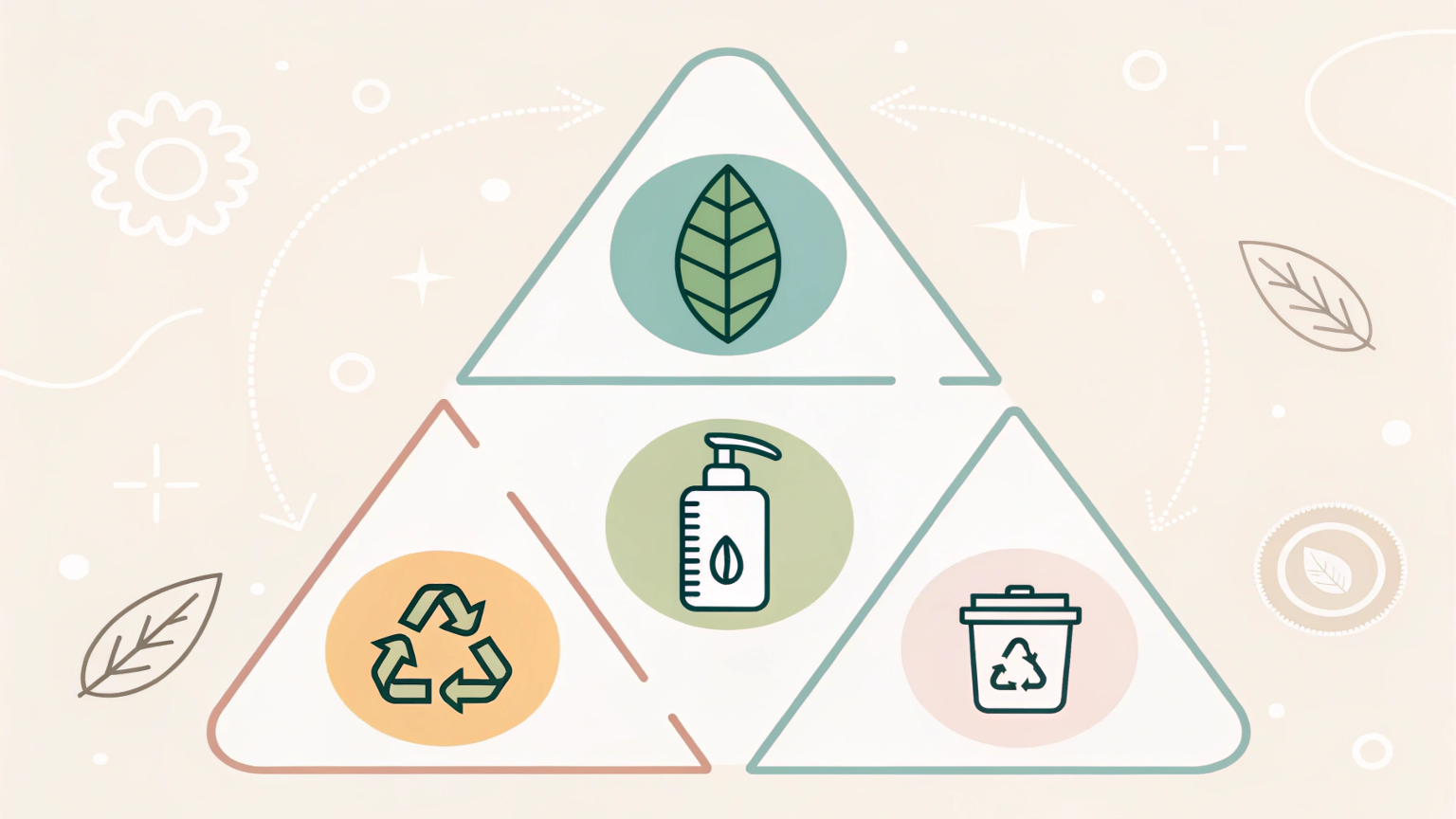
Improving sustainability means looking at the entire lifecycle of your product, not just one piece. While our expertise is in packaging, we encourage our partners to think about the full picture.
1. The Product Inside
This starts with the formula. Are the ingredients ethically sourced? Are they biodegradable? A sustainable package holding an unsustainable formula is only telling half the story. Brands that align their ingredients with their packaging have the most authentic message.
2. The Packaging Around It
This is where we can make a huge difference together. The goal is to follow the "3 R's" in a modern way:
- Reduce: Can we use less plastic? Can we make the walls thinner without losing strength? Is a refillable system an option?
- Reuse: Can the primary container have a second life? Your idea of giving packaging another purpose is brilliant. A beautiful jar is much less likely to be thrown away.
- Recycle: Is the material widely and easily recyclable by consumers? This is the most crucial question for a product's end-of-life.
3. The End-of-Life Plan
This is where many brands fail. You must have a clear, simple instruction for the customer. "Rinse and Recycle," "Separate Pod from Jar," or "Return for Refill." A complicated process will be ignored, and your sustainable package will end up in the trash.
How can we make packaging more sustainable?
You're ready to take action. You need a list of concrete, proven strategies that you can implement for your next production run.
You can make packaging more sustainable by choosing recycled materials, designing for recyclability, reducing weight, offering refills, and eliminating unnecessary secondary packaging. Each step reduces the overall environmental footprint.
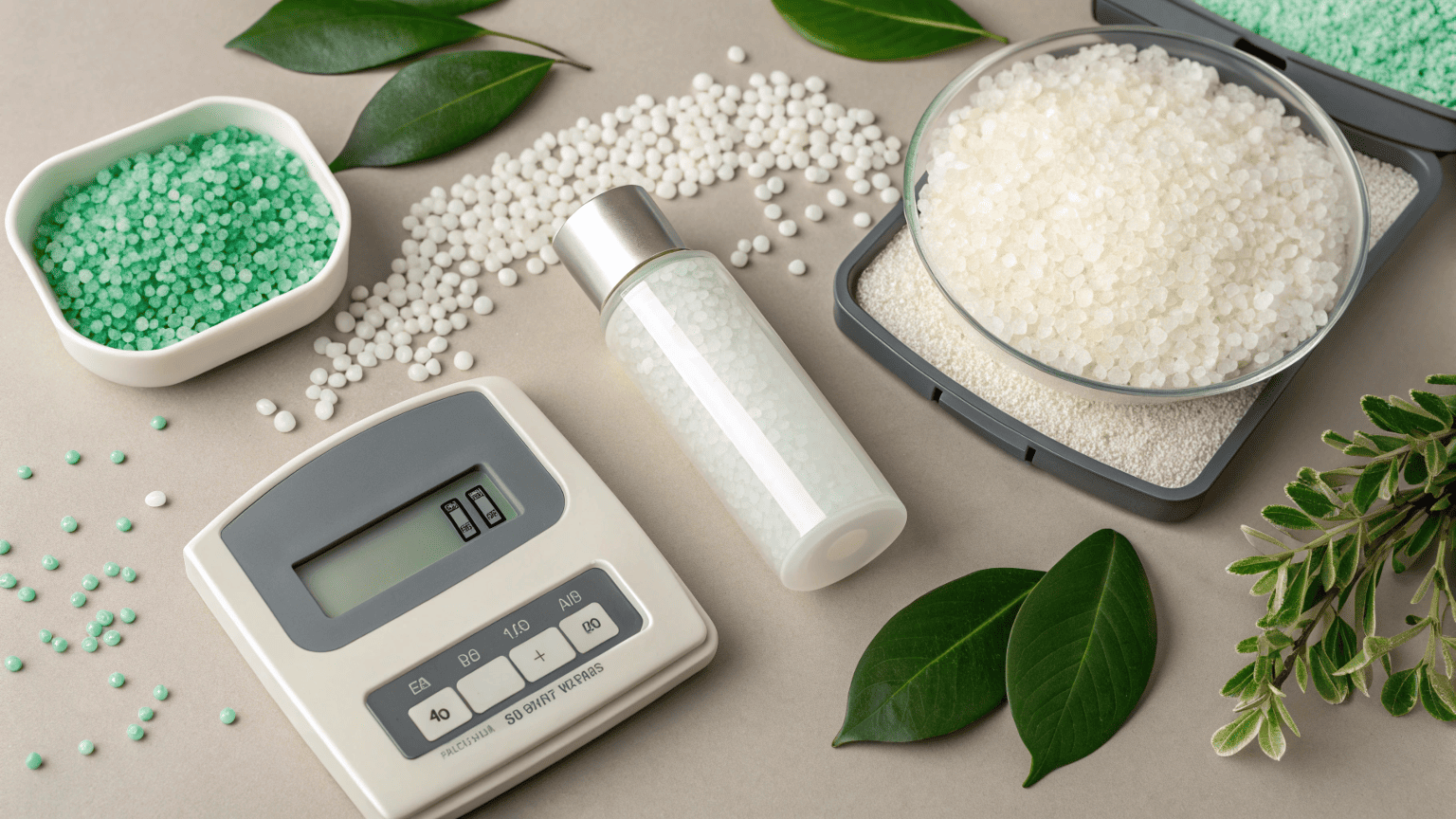
Let's turn these ideas into a practical checklist. Here are 10 ways we help brands like yours become more sustainable.
| # | Strategy | How It Works |
|---|---|---|
| 1 | Use PCR Materials | Use Post-Consumer Recycled plastic. This creates demand for recycled materials and diverts plastic from landfills. We offer bottles and jars with up to 100% PCR content. |
| 2 | Design for Monomaterial | Use a single type of plastic (e.g., all-PP) for the bottle, pump, and cap. This makes it easy for recycling facilities to process without manual separation. |
| 3 | Offer Refillable Systems | Sell a durable outer container and lightweight refill pods. This is one of the most effective ways to reduce packaging weight and waste. |
| 4 | Lightweight Your Packaging | Reduce the wall thickness and overall weight of your container. This uses less raw material and reduces shipping emissions. |
| 5 | Eliminate Secondary Packaging | Ask if you really need the outer box. If the primary container is strong and compliant, removing the box is a simple way to reduce waste. |
| 6 | Switch from Jars to Tubes | Tubes often use less material than a rigid jar and lid for the same volume and can achieve a higher product evacuation rate (less waste). |
| 7. | Use Glass (Wisely) | Glass is infinitely recyclable. It's a great choice for luxury products or formulas that need high protection. It is heavy, so it's best for products that aren't for travel. |
| 8 | Design for a Second Life | As you suggested, create beautiful containers that customers will want to keep and repurpose for storing small items. |
| 9 | Print Directly on the Bottle | Printing directly onto the container can eliminate the need for a separate label, which can sometimes interfere with the recycling process. |
| 10 | Provide Clear Recycling Info | Use clear, on-pack symbols and text to tell your customer exactly how to dispose of the package. |
What are the sustainable packaging options for cosmetics?
You know the strategies, now you need to know about the materials. You want to understand the names you see on supplier quotes, like PCR, PET, and Monomaterial.
The best sustainable packaging options today are materials that are widely recycled. This includes PCR (recycled plastic), virgin PET and PP (highly recyclable), glass, and aluminum.

Let's focus on the materials that offer the most reliable path to sustainability in today's global market.
1. PCR (Post-Consumer Recycled) Plastic
This is our top recommendation for brands looking to make an impact.
- What it is: Plastic that has been recycled by consumers, collected, cleaned, and re-processed into pellets that we can use to make new bottles and jars.
- Why it's great: It closes the loop on recycling. It reduces the need for new fossil fuels to be extracted to create virgin plastic. We can supply PET, HDPE, and PP with high percentages of PCR content.
2. Monomaterial Packaging
This is more of a design philosophy than a single material, and it's incredibly important.
- What it is: A package where every single component—the bottle, the cap, the pump mechanism—is made from the same type of plastic (e.g., all Polypropylene).
- Why it's great: It makes recycling foolproof. The entire unit can be thrown into a single recycling bin without any need for the consumer to separate parts.
3. Highly Recyclable Virgin Plastics (PET, PP, HDPE)
- What they are: These are the workhorses of the cosmetic industry for a reason. They are lightweight, durable, and have excellent barrier properties.
- Why they're a good option: The recycling infrastructure for these materials is mature and widespread globally. A bottle made of PET is one of the most likely items to be successfully recycled.
4. Glass and Aluminum
- What they are: Classic, premium materials.
- Why they're great: Both are infinitely recyclable without any loss of quality. Glass offers a sense of luxury and is chemically inert. Aluminum is lightweight and provides a 100% barrier to light and oxygen.
Conclusion
Sustainable packaging isn't about finding one perfect material, it's about making a series of smart choices. By focusing on reuse, recyclability, and reduction, you can create a packaging strategy that is both responsible and effective.
Written by
Mike Lee
You may also be interested in:

How Can Smart Packaging Choices Reduce Your Carbon Footprint?
You're committed to making your brand more environmentally friendly, but the term "carbon footprint" feels
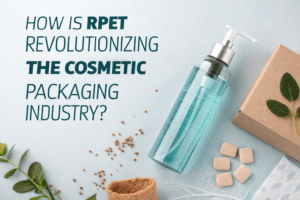
How Is rPET Revolutionizing the Cosmetic Packaging Industry?
You want to make your packaging more sustainable, but you're worried about sacrificing quality. You
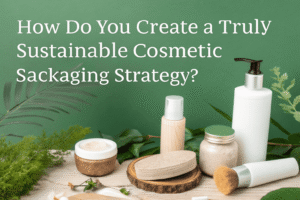
How Do You Create a Truly Sustainable Cosmetic Packaging Strategy?
You feel the pressure to make your packaging sustainable, but every choice seems complex. Switching

Is PLA the Future of Sustainable Beauty Packaging?
You're seeing "plant-based plastic" and "compostable" everywhere. You're intrigued by PLA as a way to